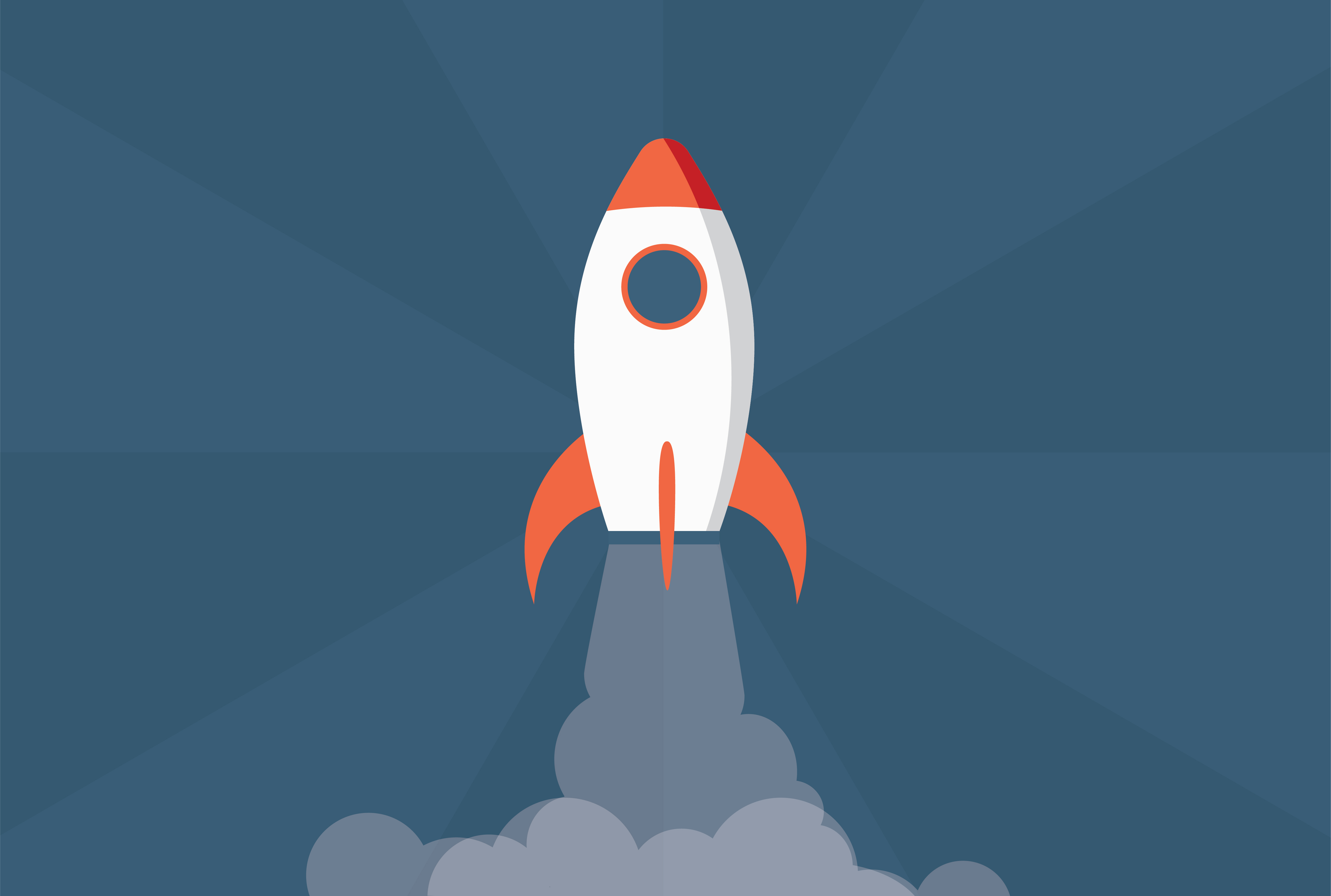How many resources does it take to run the core configuration of your enterprise? What type of custom external tools are required to build and maintain the configuration? What are the financial impacts associated between the complexity of the configuration in a system and the cost per member per month (PMPM) in healthcare or total cost of ownership (TCO) figures?
As we evolve into the next generation of core systems, these types of questions top the list for the potential vendors looking to modernize a core platform for a prospective health plan. One thing is clear, as we continue forward in the market, the time of the core systems that require high administration costs in terms of the number of resources and custom solutions it takes to configure and maintain is coming to an end.
Currently, the savviest health plans in the market are shifting from the predominant solutions for configuring the system with offshore-based services and/or custom-developed utilities and toolsets to ones focused on out-of-the-box automation enabled by best-in-class configuration.
Can a system be both flexible and provide streamlined next-generation configuration capabilities? Putting myself in the shoes of any given health plan in the market today for a core modernization and the surrounding ecosystem, one key focus would be on the core configuration and the level of automation that the system brings.
Is the system’s configuration overly complex, disparate, and requires custom external tools to build and maintain? Can my current staff pick up the complexity of all the aspects of a system that need to be considered when implementing and maintaining my business? Consequently, what does that ramp-up time look like? The steeper the learning curve, the greater the chance staff will likely resist adopting the new technology, and the project suffers or fails outright.
In my career, I have seen far too many health plans that implemented their solutions 20 years ago and are faced with complete re-implementation of the existing platform. Their current systems do not possess the flexibility nor the automation to provide the ability to implement enhancements to optimize existing configuration over time. The level of effort and analysis is simply too high when maintaining production states are the operational primary focus.
By addressing these considerations and embracing modernization, health plans can navigate the evolving landscape while optimizing PMPM healthcare costs and achieving efficient configuration management.






